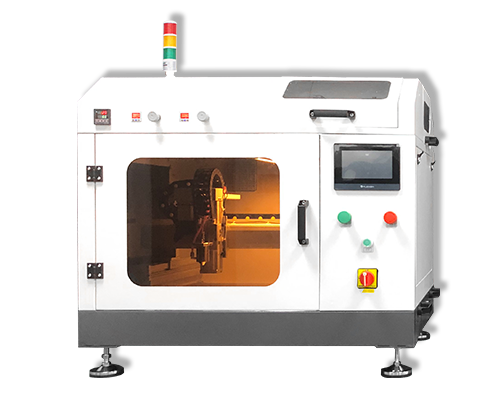Proton Exchange Membrane Mechanism Of Action
Proton Exchange Membrane Mechanism Of Action – PEM Spray – Cheersonic
Proton exchange membrane is the core element and key material of fuel cell. Its function is to allow only hydrogen ions (protons) that lose electrons from the anode to pass through to the cathode during the reaction, but prevent the passage of electrons, hydrogen molecules, water molecules, etc., so it needs to have the following characteristics:
(1) High conductivity (highly selective ionic conduction instead of electronic conduction);
(2) Good chemical stability (acid and alkali resistance and redox resistance);
(3) Good thermal stability;
(4) Good mechanical properties (such as strength and flexibility);
(5) The gas permeability of the reaction gas is low, and the electroosmotic coefficient of water is small;
(6) Good workability and reasonable price.
The proton exchange membrane is the core component of the proton exchange membrane fuel cell (PEMFC), mainly perfluorosulfonic acid membrane. At present, the localization process is accelerated. The perfluorosulfonic acid membrane has high mechanical strength, good chemical stability, and high humidity conditions. The advantages of high conductivity are high, but there are also disadvantages: when the temperature rises, the proton conductivity will deteriorate, chemical degradation will easily occur at high temperatures, monomer synthesis is difficult, and the cost is high. Therefore, various institutions are also studying other types of membranes, including composite membranes, high-temperature membranes, and alkaline membranes. The current mainstream trend of proton exchange membranes is perfluorosulfonic acid-enhanced composite membranes. The proton exchange membranes gradually tend to be thinner, from tens of microns to tens of microns, reducing the ohmic polarization of proton transfer to achieve higher performance. The development of CCM-type thin catalytic layer membrane electrodes with low platinum and high reaction efficiency is an important technical direction for the development of proton exchange membrane fuel cells.

Cheersonic’s fuel cell catalyst coating systems are uniquely suited for these challenging applications by creating highly uniform, repeatable, and durable coatings. Using the company’s patented ultrasonic spray head technology, it can spray uniformly and efficiently on proton exchange membranes and gas diffusion layers. Uniform catalyst coatings are deposited onto PEM fuel cells, GDLs, electrodes, various electrolyte membranes, and solid oxide fuel cells with suspensions containing carbon black inks, PTFE binder, ceramic slurries, platinum and other precious metals. Other metal alloys, including Platinum, Nickel, Ir, and Ru-based fuel cell catalyst coatings of metal oxide suspensions can be sprayed using ultrasonics for manufacturing PEM fuel cells, polymer electrolyte membrane (PEM) electrolyzer, DMFCs (Direct Methanol Fuel Cells) and SOFCs (Solid Oxide Fuel Cells) to create maximum load and high cell efficiency.
The advantages of ultrasonic spraying include:
1.Highly controllable spray that produces reliable, consistent results.
2.Ultra-low flow rate capabilities, intermittent or continuous.
3.Ultrasonic vibrations continuously break up agglomerated particles and keep them evenly dispersed; maximizing platinum utilization.
4.Corrosion-resistant titanium and stainless steel construction
5.The self-cleaning function of the ultrasonic nozzle prevents clogging.
6.The platform takes up less space.
7.80% reduction in paint consumption
8.The particle diameter is optional which can more flexibly affect the through-hole property of the coating
